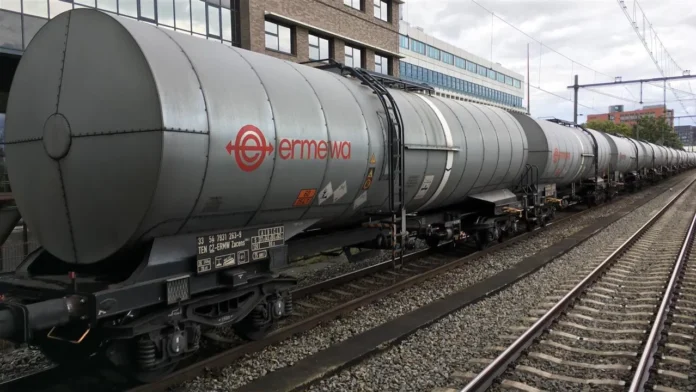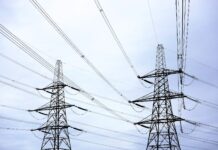The Municipality of Eindhoven and the province of Noord Brabant hope that a pipeline will be built through the province for the transport of hazardous substances. This should reduce the number of trains that travel through the city with hazardous substances.
It is not yet clear whether the pipeline will actually be built. Its construction would have to be partly funded by the companies that would use it. But pipelines for the transport of LPG and propylene are met with little enthusiasm.
The port of Rotterdam would not want to make investments for this, nor would companies in the Limburg Chemelot industrial complex. Minister of Climate and Energy Rob Jetten announced this in October 2023.
Hydrogen
However, an initiator has emerged for the construction of a pipeline for hydrogen, CO2, direct current cables and ammonia, but it is not clear who that is.
Much still needs to be done before this pipeline can be layed. For example, agreement must be reached with many local authorities, private parties and German governments about the infrastructure to be constructed. In addition, the necessary investigations still need to be completed.
End of 2026
A final decision on investments is not expected until the end of 2026. If a pipeline is built, it will not be put into use until 2028 at the earliest.
The construction of one or more pipelines would be good news for the province and Municipality of Eindhoven. The large number of poison trains that run straight through the cities of Noord (north) Brabant has been a headache for some time. Also because the centre of Eindhoven will become more densely built up in the future, which will cause additional headaches due to the transport of hazardous substances by rail.
Source: Studio040
Translated by: Bob











